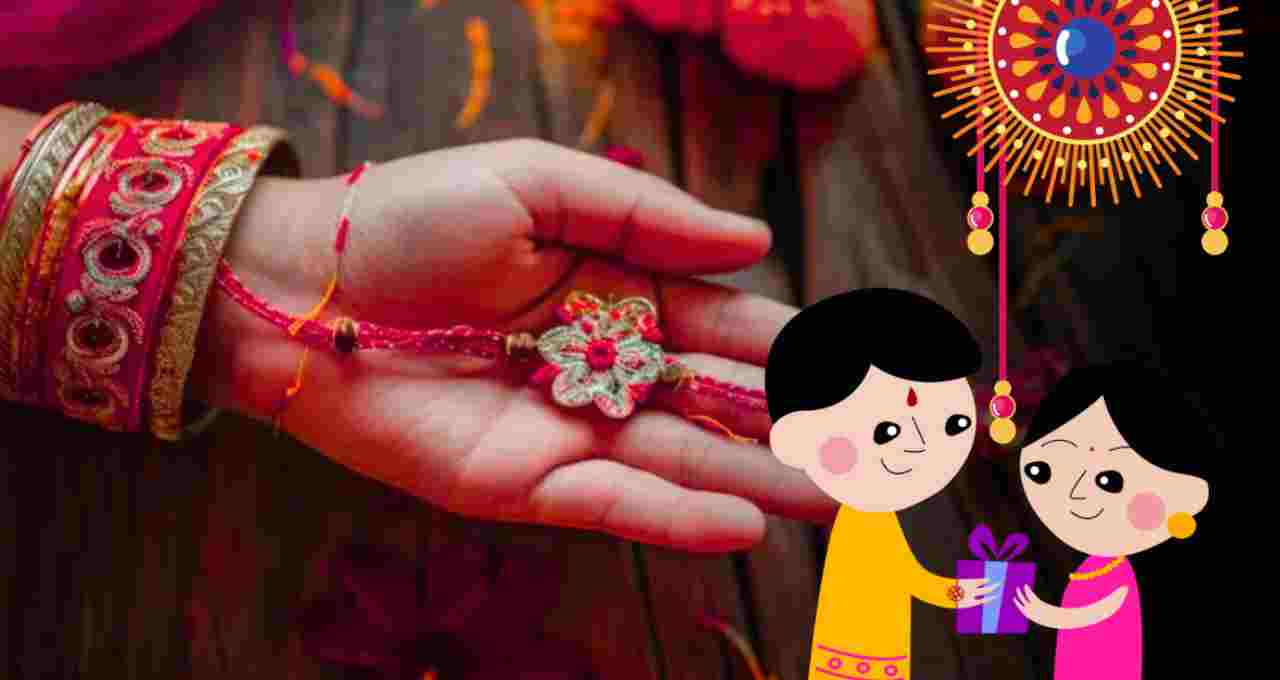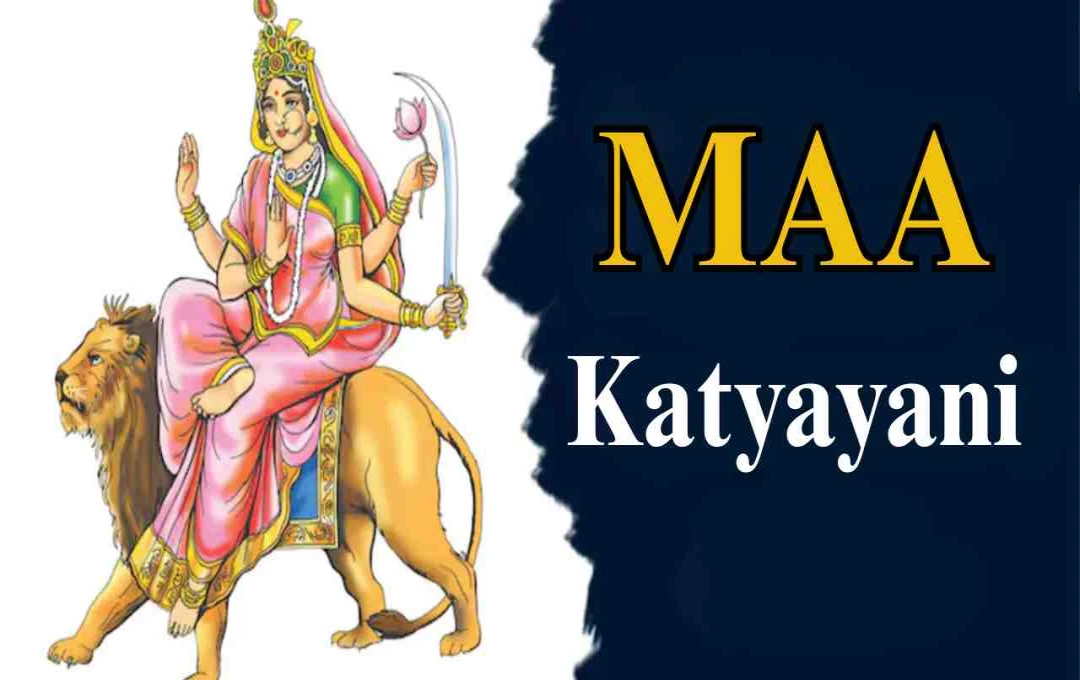Raksha Bandhan is a symbol of the love and protection between brothers and sisters, celebrated on the full moon day of Sawan. There are various beliefs about how long a Rakhi should be kept on the wrist from a religious, social, and scientific perspective. It is considered auspicious for the Rakhi to remain on the wrist for at least 24 hours and to be removed before the start of Pitru Paksha. After removing the Rakhi, it is essential to dispose of or preserve it properly.
When to Remove the Rakhi: The sacred festival of Raksha Bandhan symbolizes the unbreakable bond of love and protection between brothers and sisters, celebrated every year on the full moon day of Sawan. In the year 2025, this festival was celebrated on Saturday, August 9th. On this day, sisters tie a Rakhi on their brothers' wrists, which is not just a thread but a sacred bond of relationships. The question of how many days the Rakhi should be kept on the wrist and when it is appropriate to remove it is in everyone's mind. From religious scriptures, social beliefs, and a scientific perspective, several important points have emerged on this subject, which are essential to know in order to properly respect this sacred festival.
Religious Significance of Rakhi
Beyond simply connecting it with a raw thread, Rakhi is considered a sacred thread that represents faith, love, and protection between brothers and sisters. From a religious point of view, tying a Rakhi and keeping it on the wrist is considered an auspicious act. Sisters tie Rakhi and wish for the long life and prosperity of their brothers, while brothers promise protection.
Traditionally, it is not considered right to remove the Rakhi from the wrist immediately after tying it. It is necessary for it to remain on the wrist for some time, so that its religious effect remains and the sanctity of the relationship is maintained.
For How Many Days Should Rakhi Be Tied on the Wrist?

There is no definite rule or date for removing the Rakhi from the wrist, but various classical and social beliefs offer different suggestions on this subject.
Religious Beliefs
Most religious traditions believe that the Rakhi can be kept until Bhadrapada Amavasya after being tied on the day of Sawan Purnima. This period is approximately 15 days. In some places, it is believed that the Rakhi should be kept on the hand for three, seven, or eleven days, after which it is appropriate to remove it.
In addition, many people keep the Rakhi on their hand until festivals like Janmashtami or Ganesh Chaturthi. But it is also important that the Rakhi remains tied on the wrist for at least 24 hours so that its spiritual and emotional significance remains.
It is also important that the Rakhi must be removed before the start of Pitru Paksha, as certain activities are restricted according to religious rules during Pitru Paksha.
Scientific Beliefs
From a scientific point of view, keeping the Rakhi on the wrist for a very long time is also not considered appropriate. Rakhi is usually made of cotton or silk thread, which can become dirty and unhygienic due to regular use and external elements such as sweat, dust, soil, etc. This can increase the risk of skin infections or the spread of bacteria.
Therefore, scientific advice is that the Rakhi should only be kept as long as it is clean and in good condition. If the Rakhi becomes dirty or broken, it is better to remove it so that there is no harm from a health point of view.
Some More Important Aspects Related to Rakhi
- After the Rakhi is tied, it should be handled with full devotion and respect.
- The wishes and colors written on the Rakhi also have religious significance, so it is important to pay attention to the quality of the Rakhi as well.
- Along with tying the Rakhi, this bond of love and trust between brother and sister should be strengthened, which should last throughout the year.
What to do After Removing the Rakhi?

Understanding the importance of Rakhi, caution should be exercised while removing it. Throwing the Rakhi thoughtlessly or putting it in the garbage is considered inauspicious. Considering it as a sacred object, it should be managed properly in the following ways:
- Immersion in water: The Rakhi can be immersed in a river, pond, or any clean water source. This is a religious and traditional way that maintains the sanctity of the Rakhi.
- Tying on a tree: If immersion in water is not possible, then tying the Rakhi on a branch of a tree is also considered appropriate. It is believed that the virtuous fruit of the Rakhi is also obtained through the tree.
- Burying in the soil: Burying the Rakhi in the soil near the root of a plant is also considered auspicious. This is a symbol of connection with nature and maintains the respect of the Rakhi.
In all these methods, it should be kept in mind that the Rakhi should not be scattered or thrown in the garbage anywhere, as this is against tradition and respect.















